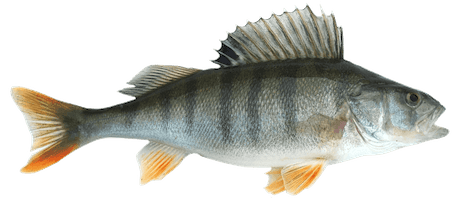This comes from an article by Ed Jacob, which I recommend if you want a quick primer on the JLPT. I have pulled the most helpful tips for the test. First, regarding the nature of the test:
At the 1kyuu and 2kyuu levels, the JLPT is basically a vocabulary test. Of course you need to have a strong foundation in basic grammar, but it is not actively tested, and people with large vocabularies and bad grammar do a lot better than people with good grammar and small vocabularies.
I can attest to this fact. In Japan, I met over 30 Chinese students taking 1kyuu, and only one girl from Switzerland . The JLPT was hard even for the Koreans, who spoke Japanese very well. Some who passed the 1kyuu could barely speak. Not that they weren't deserving; they lived in China and studied specifically for the test.
That means that to prepare for the test, you should concentrate on reading, memorising kanji and vocabulary.
There are usually two answers that are obviously wrong so once you have eliminated them, you have a fifty percent chance of getting the question right. Using a process of elimination is a very good way to get difficult answers but don't spend too much time thinking.
For most non-native speakers, this is a hard test. Unless you are a fantastic reader of Japanese, have a strategy that involves more than "read faster than I ever have before." Use a logical processes of elimination. Like I mentioned previously, spend the time learning which words are こう vs. こ, じょ vs. じょう, and special readings.
About the listening portion:
If you can't get one question, just guess at it and go on to the next one. This seems like common sense, but a lot of people say that they have trouble listening to questions because they are still thinking about the answers to the last one. Once a question is finished, forget about it.
This is important. Do not let your thinking dawdle or linger. Make your best guess and move on. Also, before the test, have your iPod full of different kinds of Japanese people speaking, so your ears can adapt.
These are several questions that use graphs. These may be the questions you save for last, or blow off if you don't have time. If you try them, Ed makes a good point:
When the tape is playing the example questions you would be well advised to flip through the question book and familiarise yourself with the pictures carefully. I always find the graph questions and circle the points where lines intersect and write the numbers that correspond to the points on the lines so that I don't have to waste time while I'm listening.
Summarize the graph in one sentence: "In 2000, women in their 40's and 50's married for financial security, while women in their 20's and 30's preferred companionship. In 1980, women in their 30's also married mainly for financial security." Or whatever. I also use a quick shorthand involving arrows. But capture the trends, including what doesn't change. The choices have a tiny difference that will determine the correct answer. Also, go over your graph vocabulary. 減る、増える、加増、減少。
Regarding the reading and grammar section, I think the first sentence hits the nail on the head. But you can be prepared for it.
Get ready for the shortest 70 minutes of your life (or 90 in the case of the 1kyuu). Everyone who takes this test says, "I could have passed if I'd just had more time." Unfortunately the test was designed for Chinese and Koreans who have grown up reading Kanji all their life. You have to answer 21 questions about nine reading passages and 35 short answer grammar questions.
Grammar Strategy:
Do the grammar questions first. Give yourself a strict 20 minute time limit (although 15 is preferable )... Remember that the reading questions are worth five points each, making them far more valuable than the grammar questions. If you get stuck on one grammar question do NOT spend a lot of time on it. Just guess and go on to the next one. The grammar section is only worth about 20% of the test and you either know it or you don't.
Reading Strategy:
My scores went up about 10% when I discovered it: READ THE QUESTIONS FIRST. Just having seen the vocabulary and having been able to imagine what the story might be about from the words, gives you a big hint about the passage's meaning.
Again, this is strategy. Even if you don't know the Kanji, you can get the question right. If you know any calculus, try something similar to "u substitution". Treat words you don't know as "u", using the surrounding Kanji that you do know and the okurigana . See what happens to u, and figure it if any answers match.
Since reading is the last section of the test, make sure you don't give up or get frustrated. Take 10 seconds and breath after every question and clear your head. If there are questions you insist on coming back to, answer them anyway with your best guess, mark them off for later, and come back. But I wouldn't check off more than three, unless you are breezing through this.
Being able to clear your head is vital. I won't go on about this, because most people have taken more tests than I have, and probably already know this. In Japan, tests were not geared for Westerners; I had to accept that getting 100% wasn't a possibility. In fact, above 80% was exceptional. So rather than be frustrated, I got better at viewing it as 50 or so "one question tests." Ultimately, the most important thing is to study the best I can. If I get a 23%, so be it. Next test, I'll try for a 33%. Try to improve the study method, and be happy to be learning.
